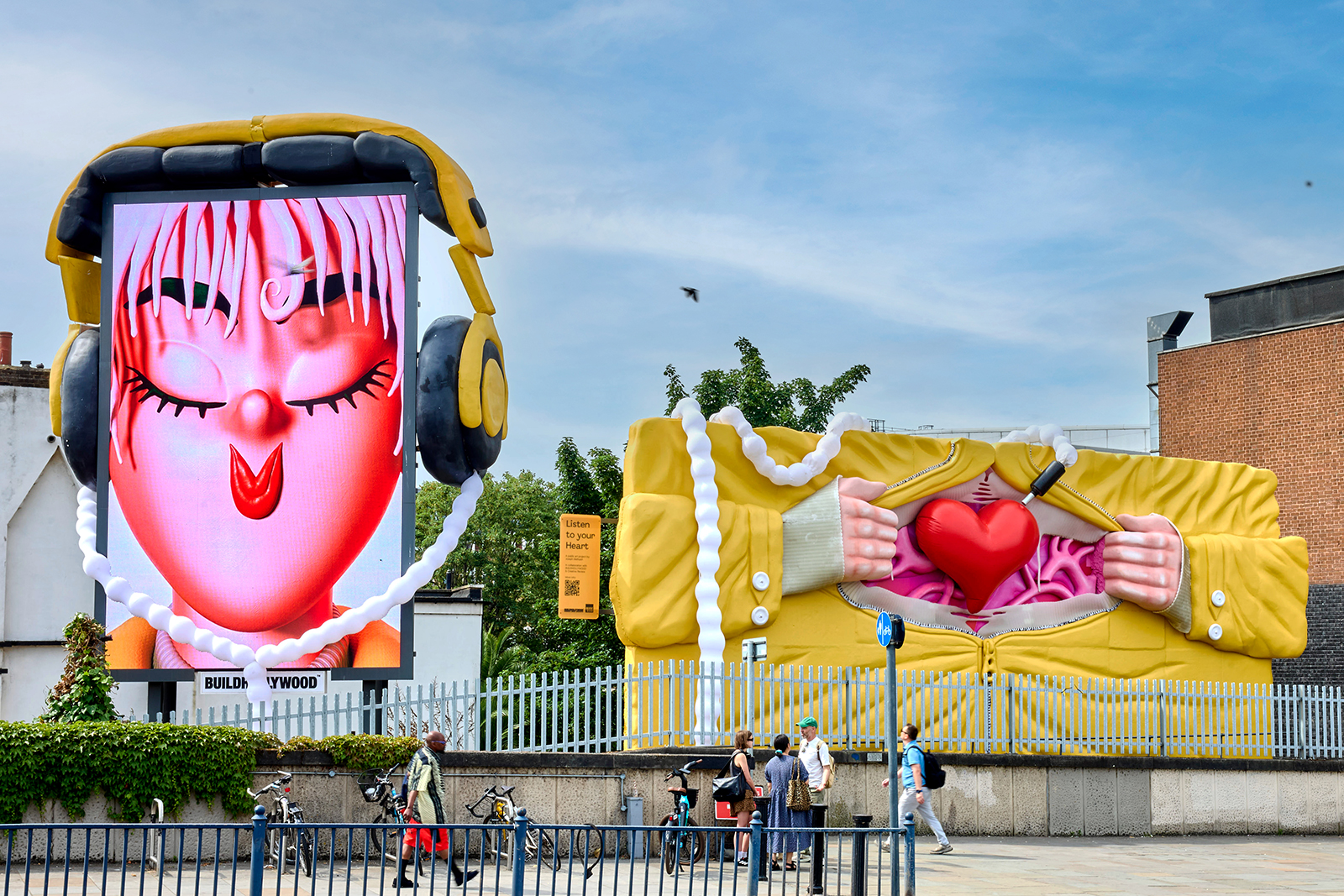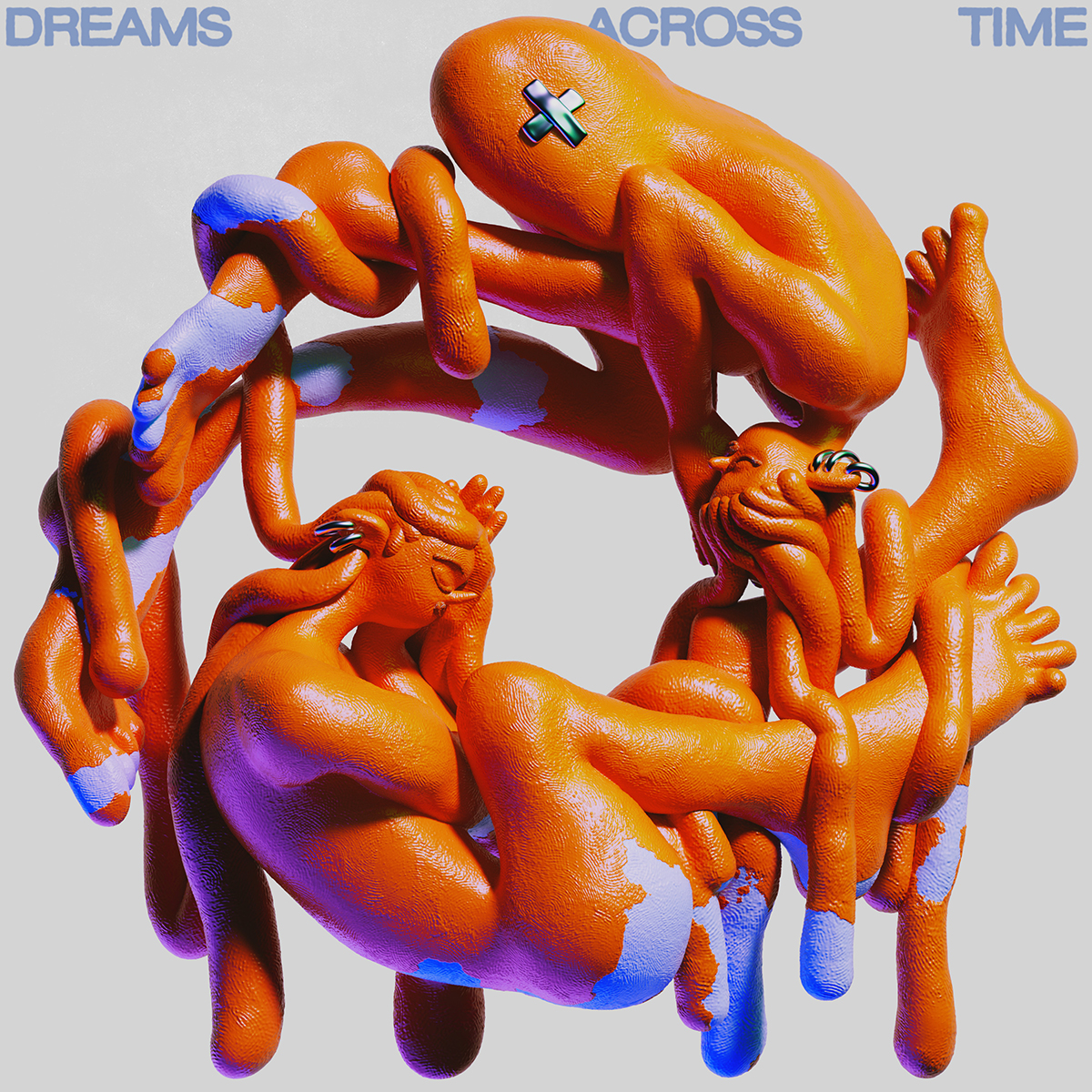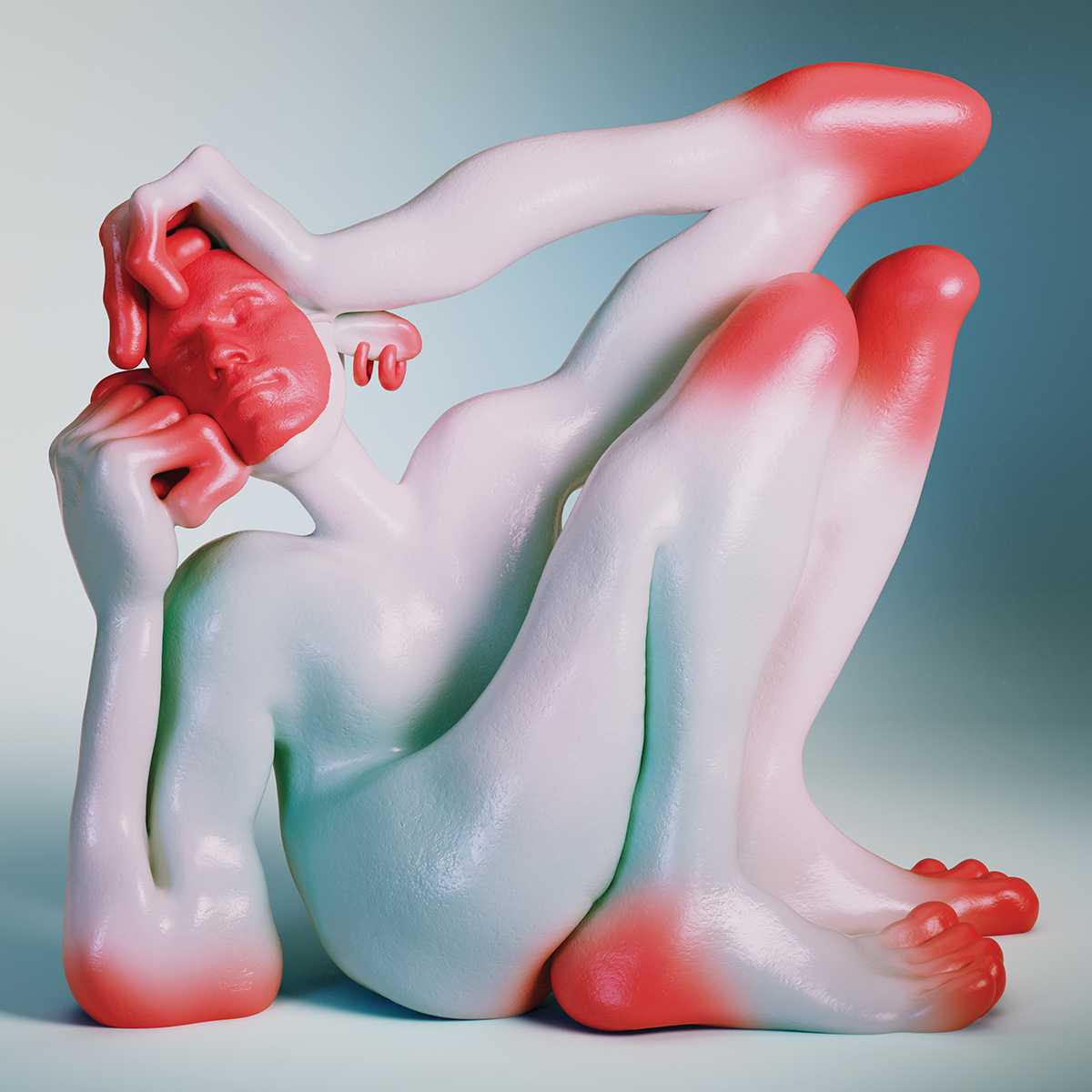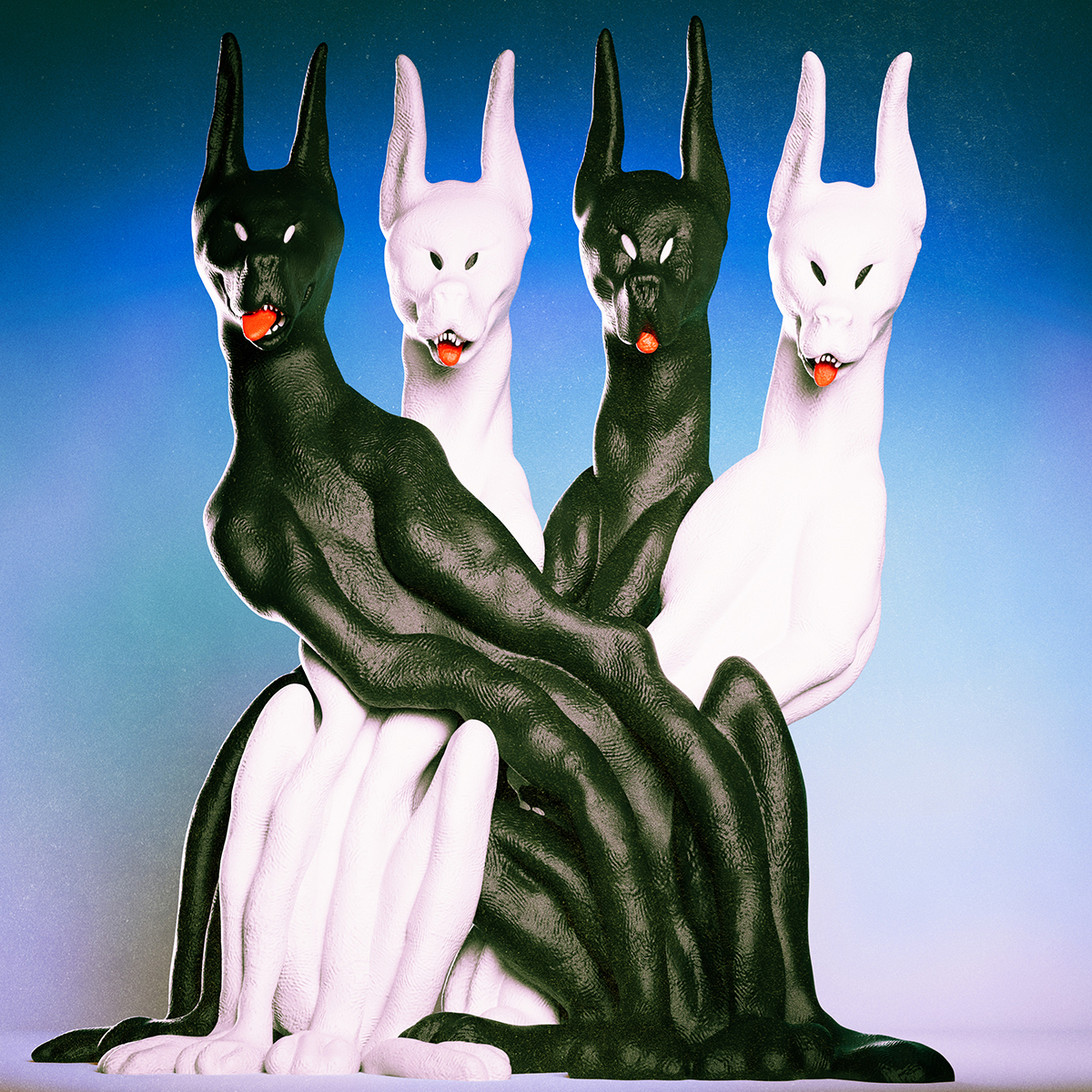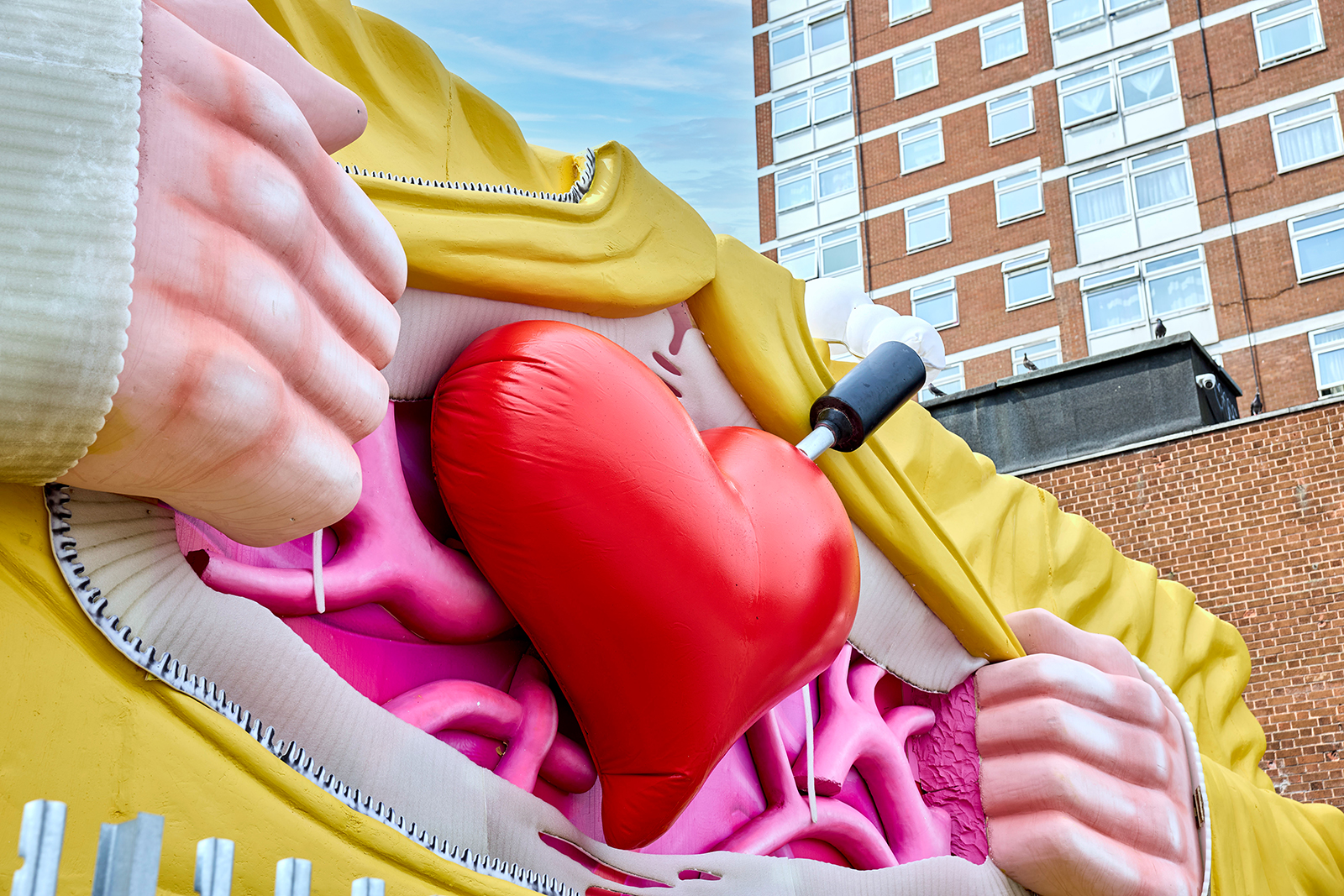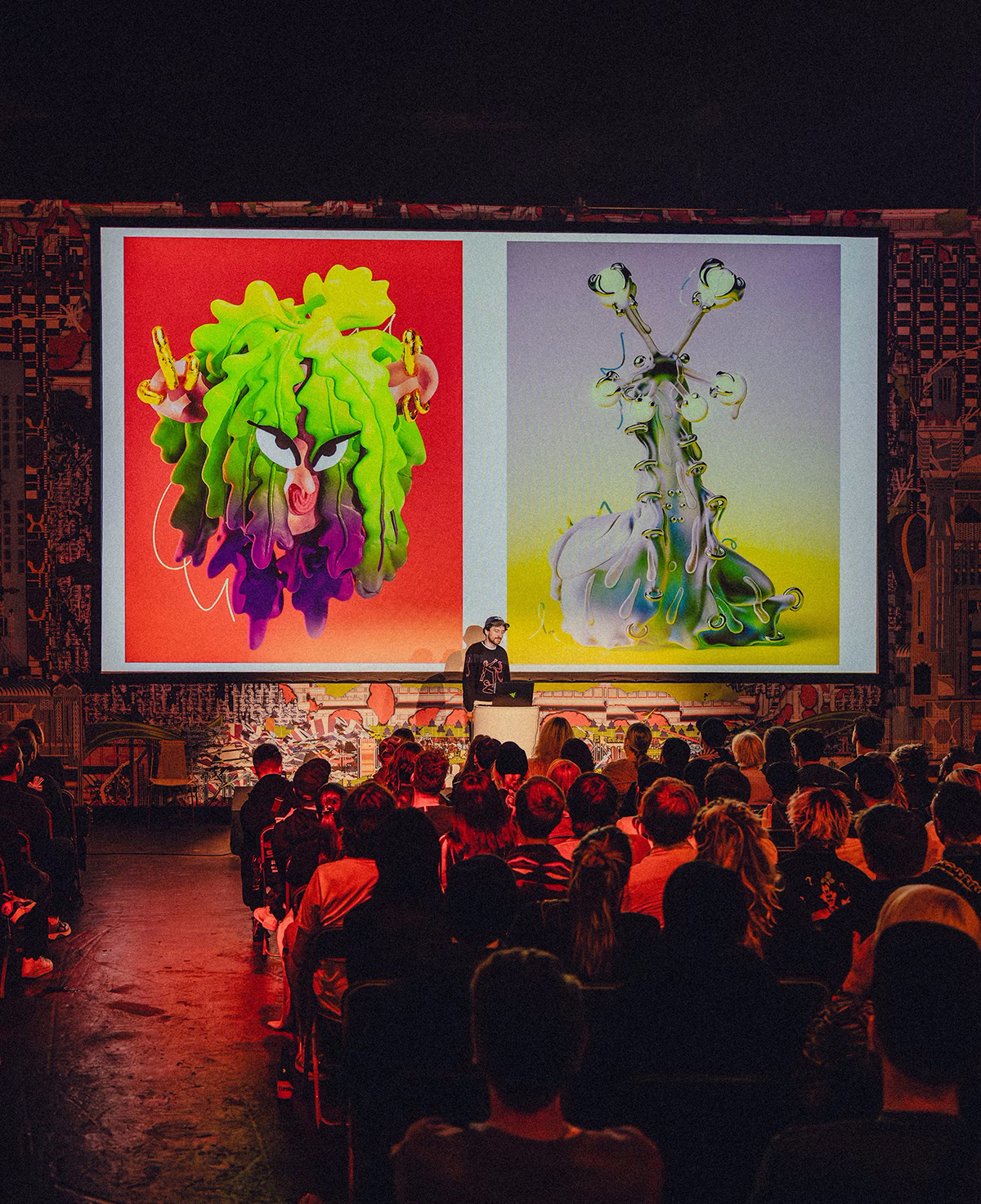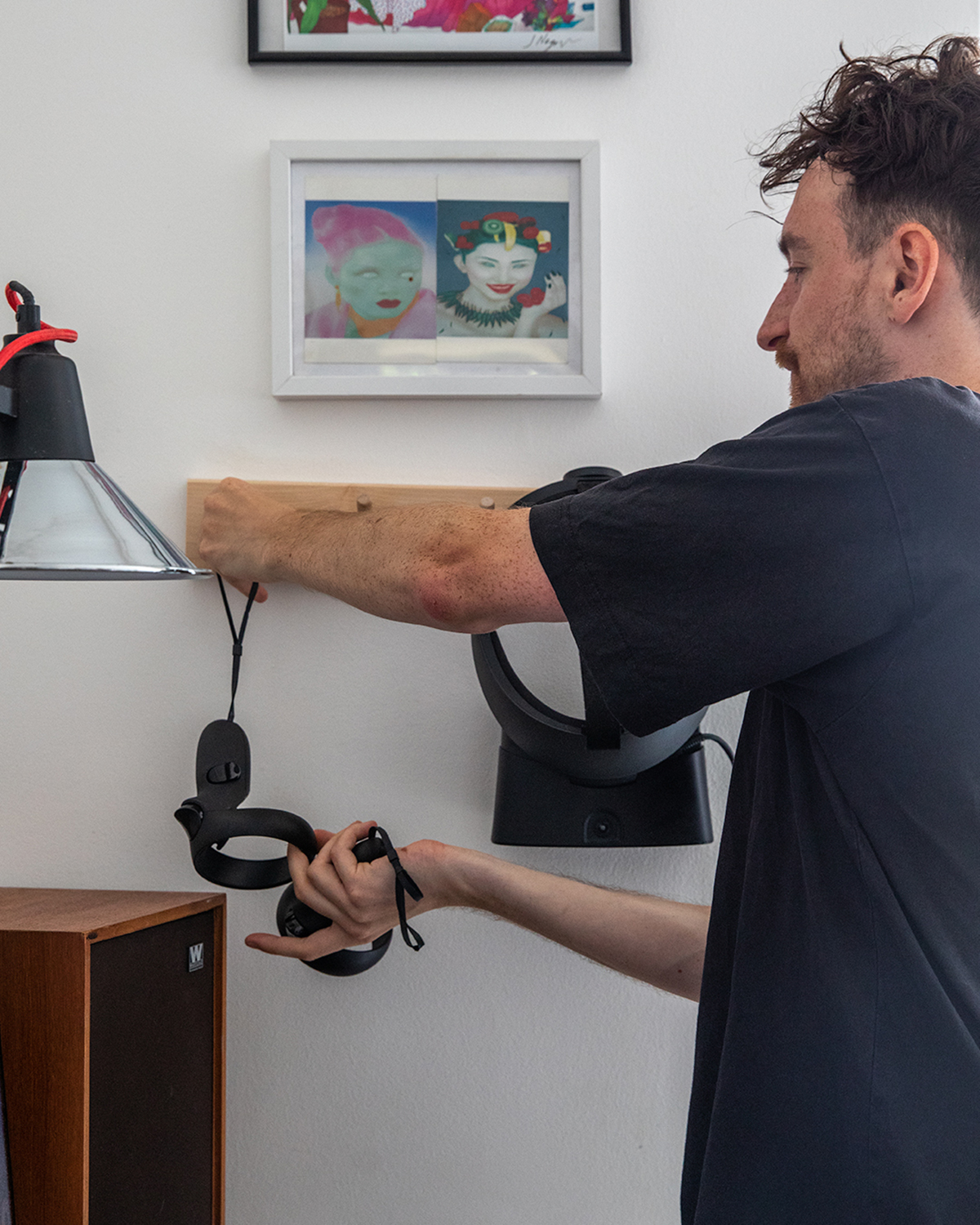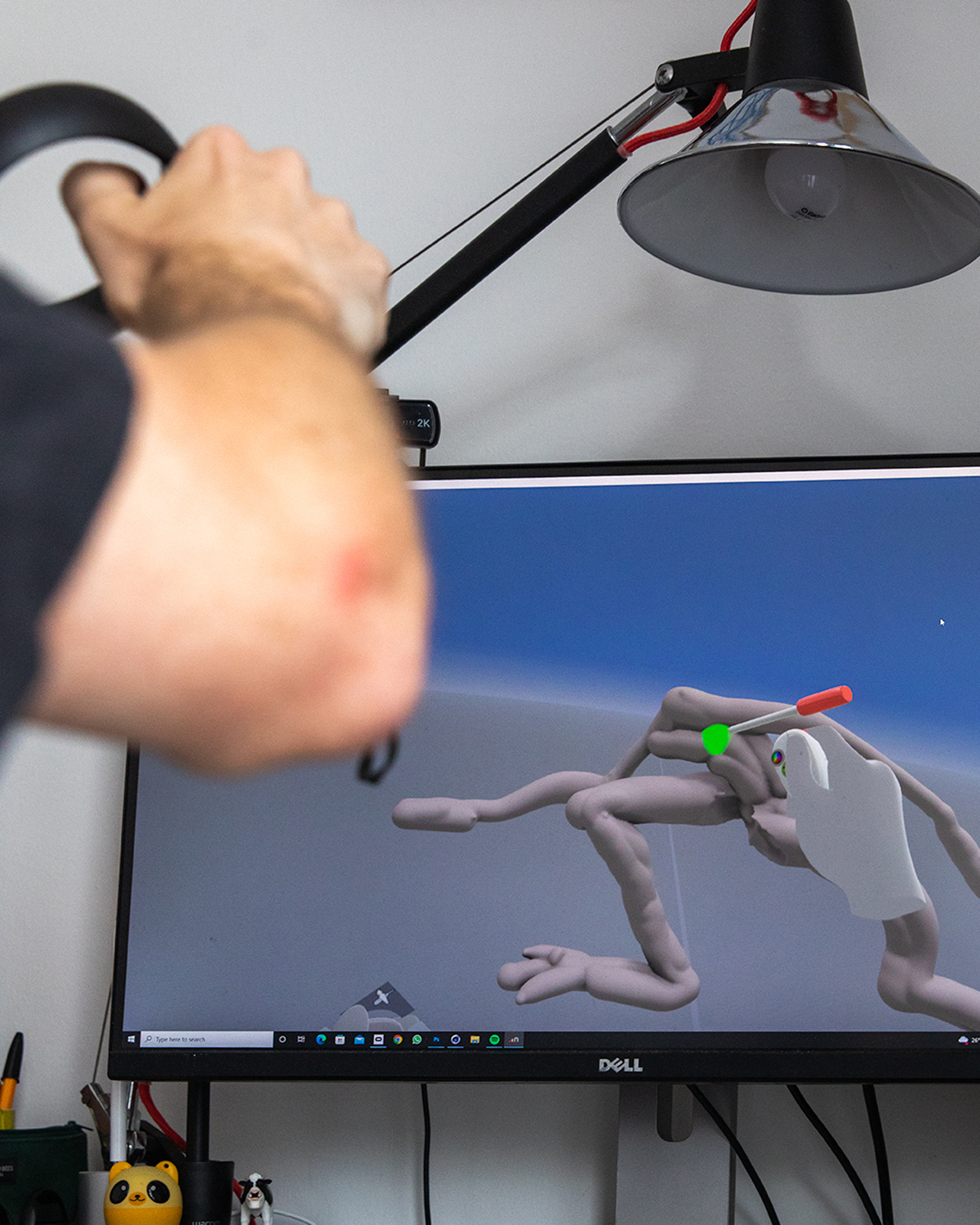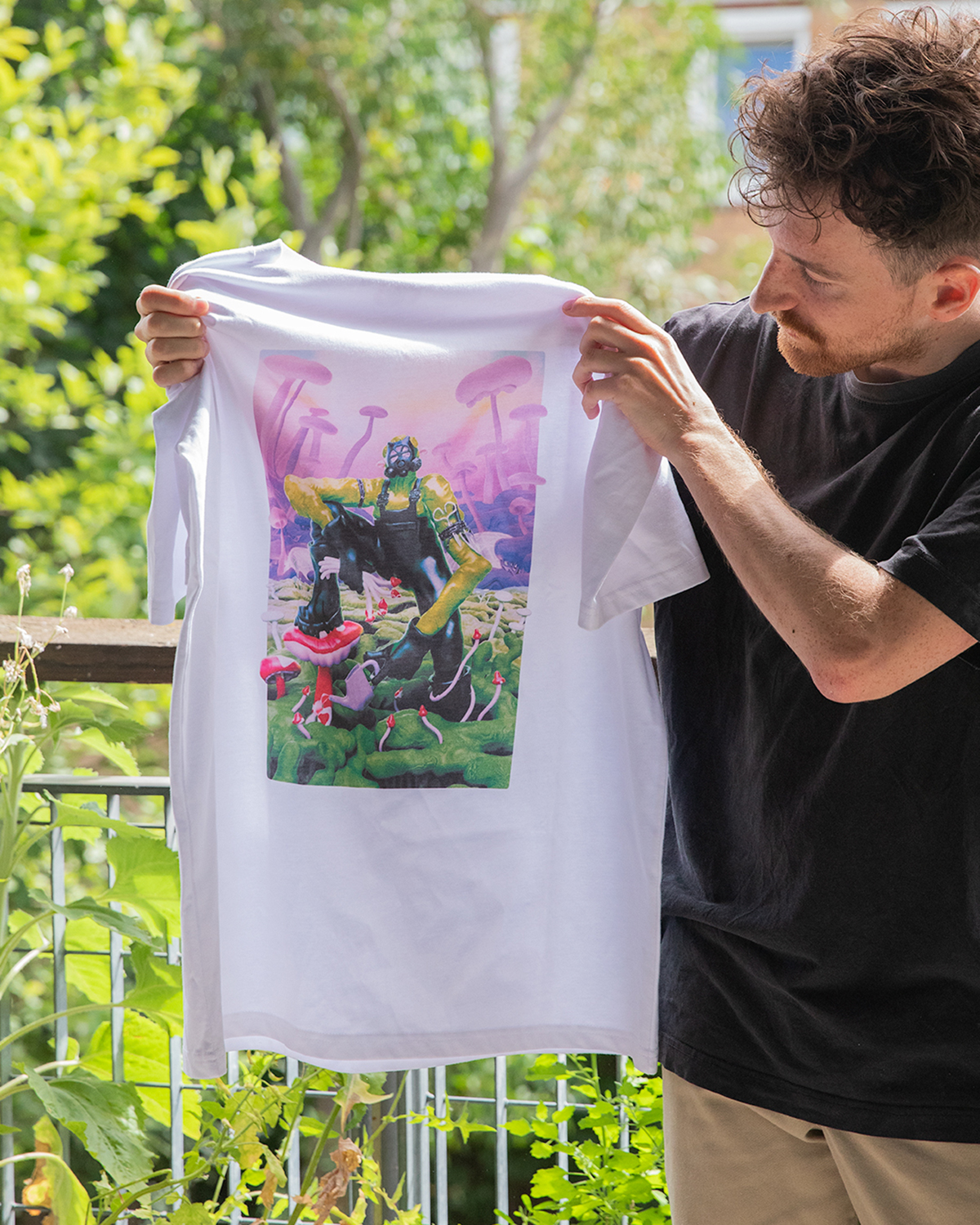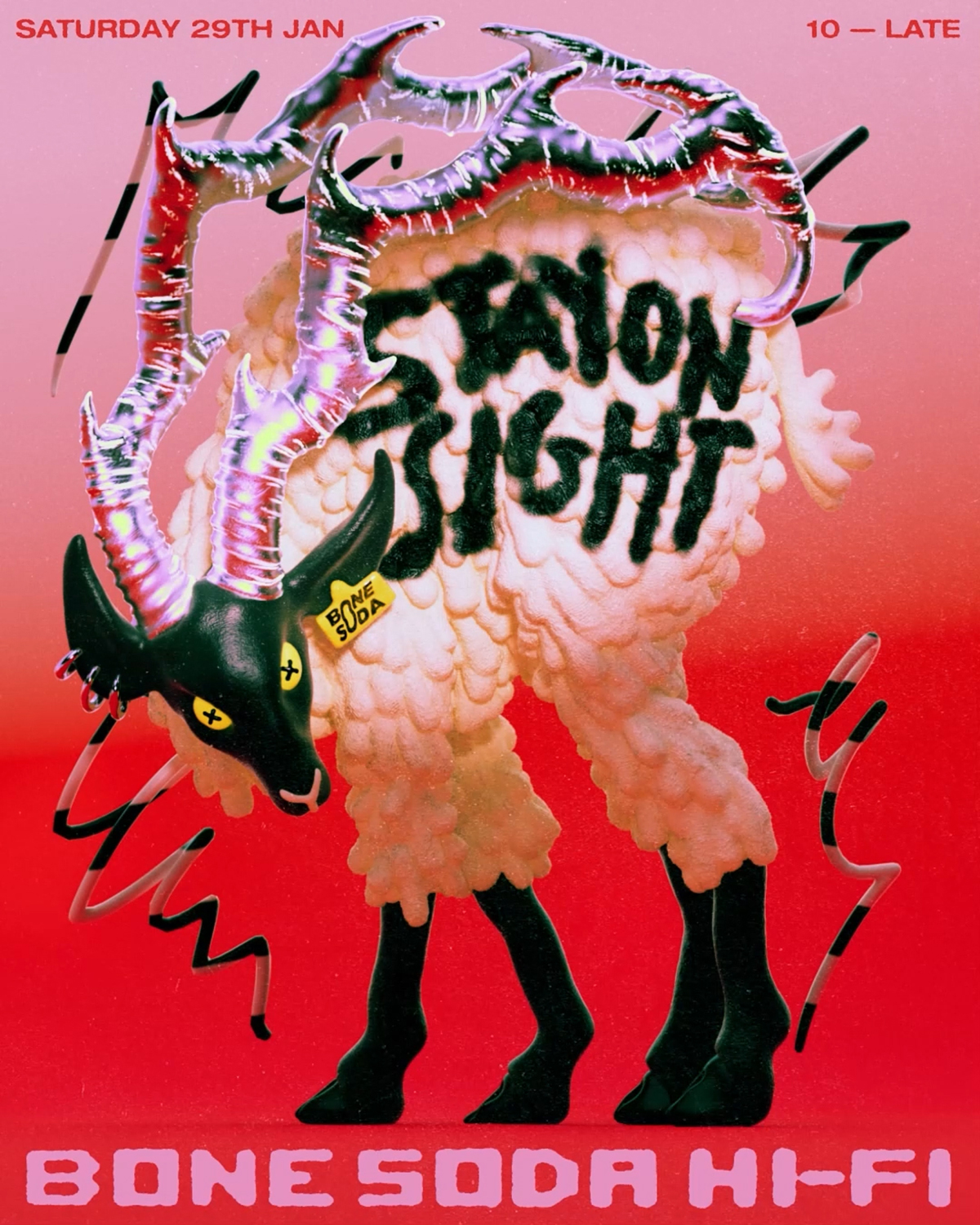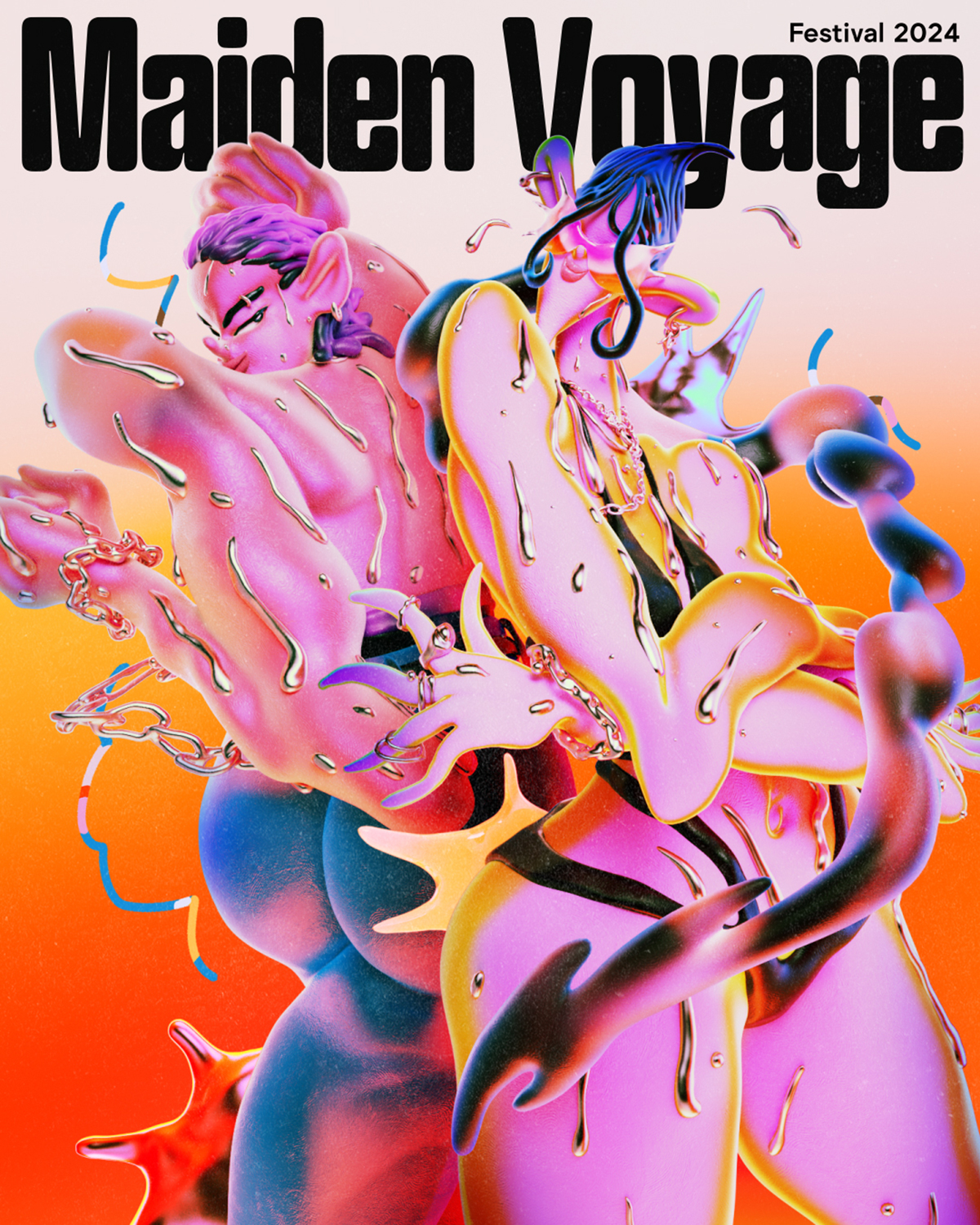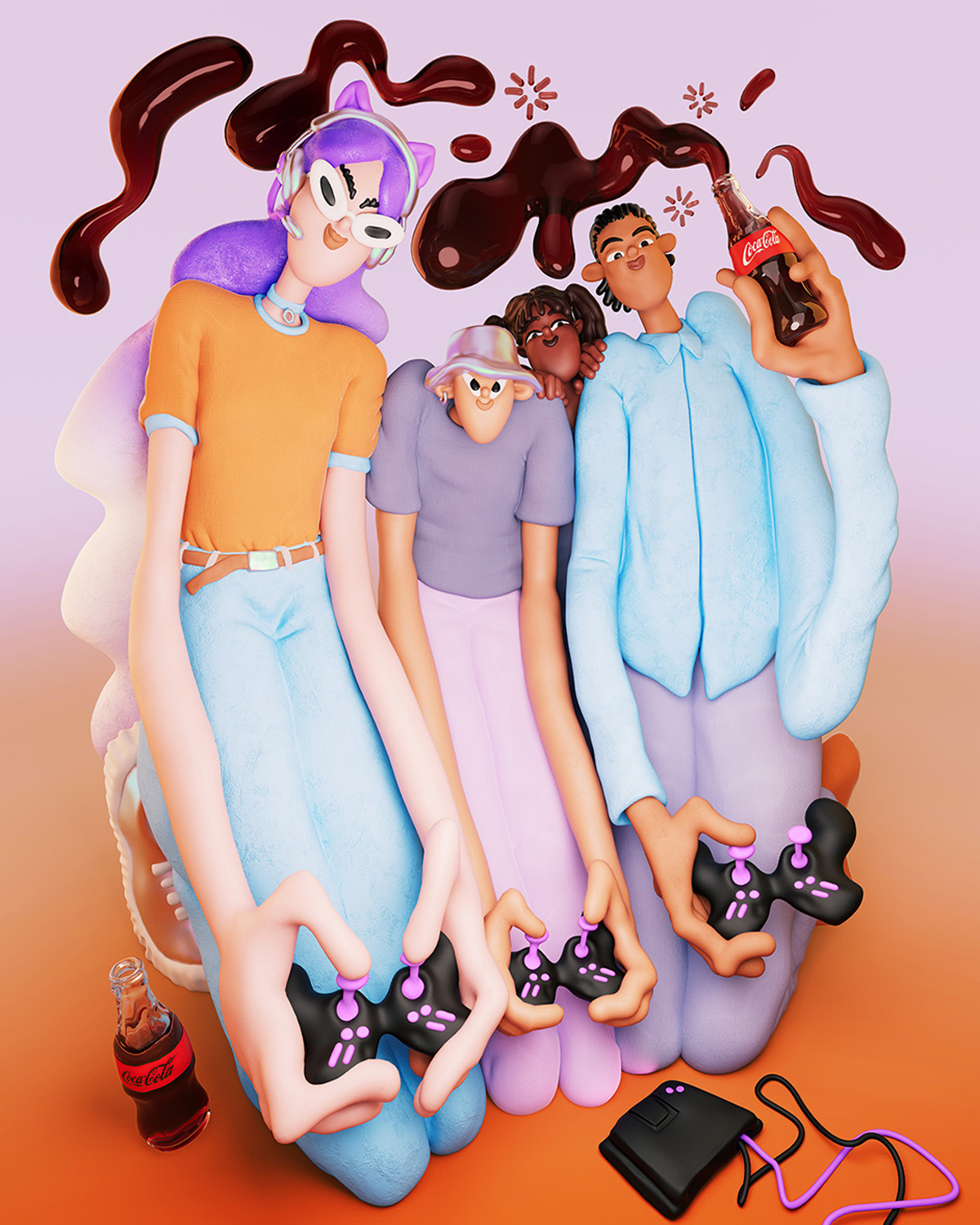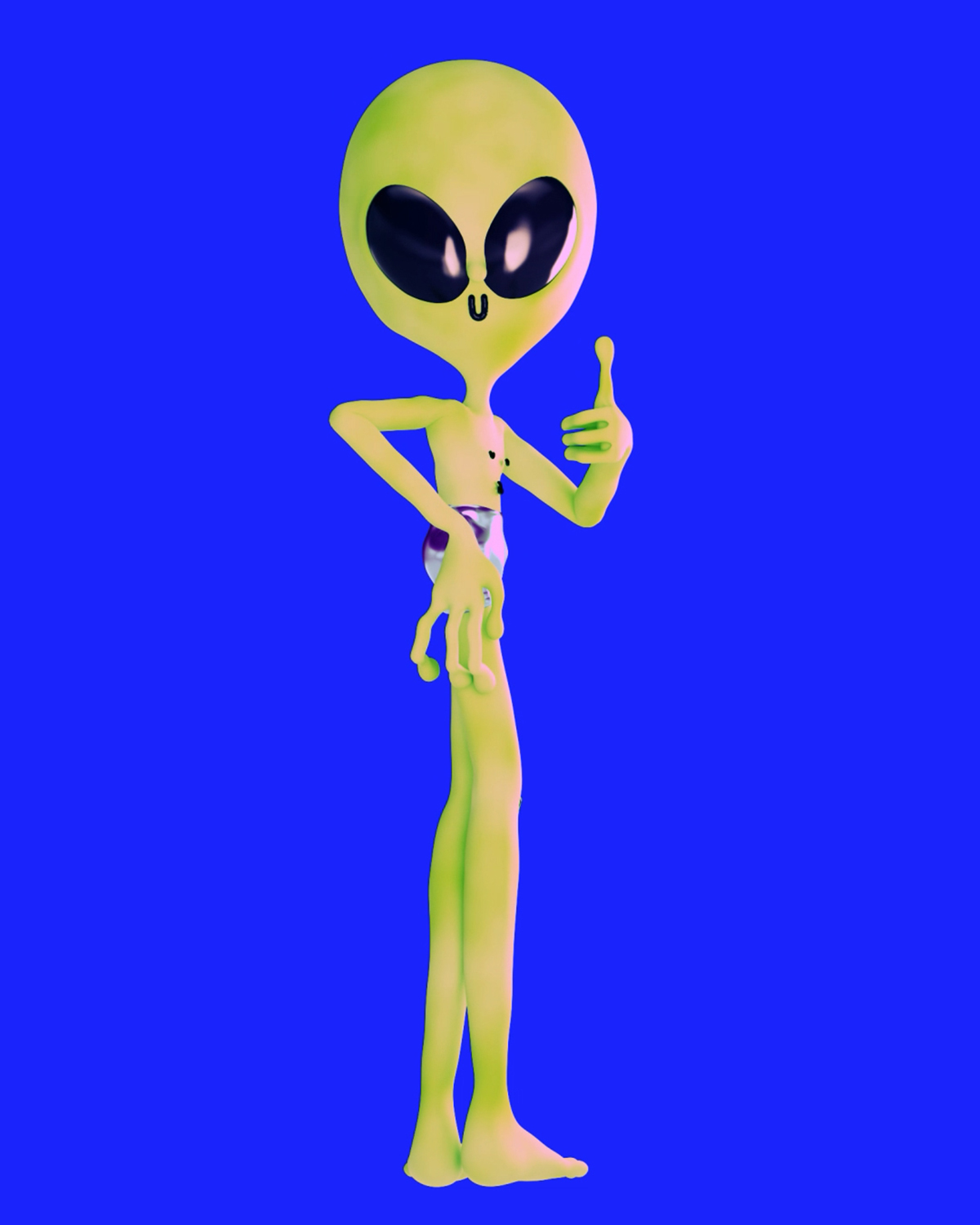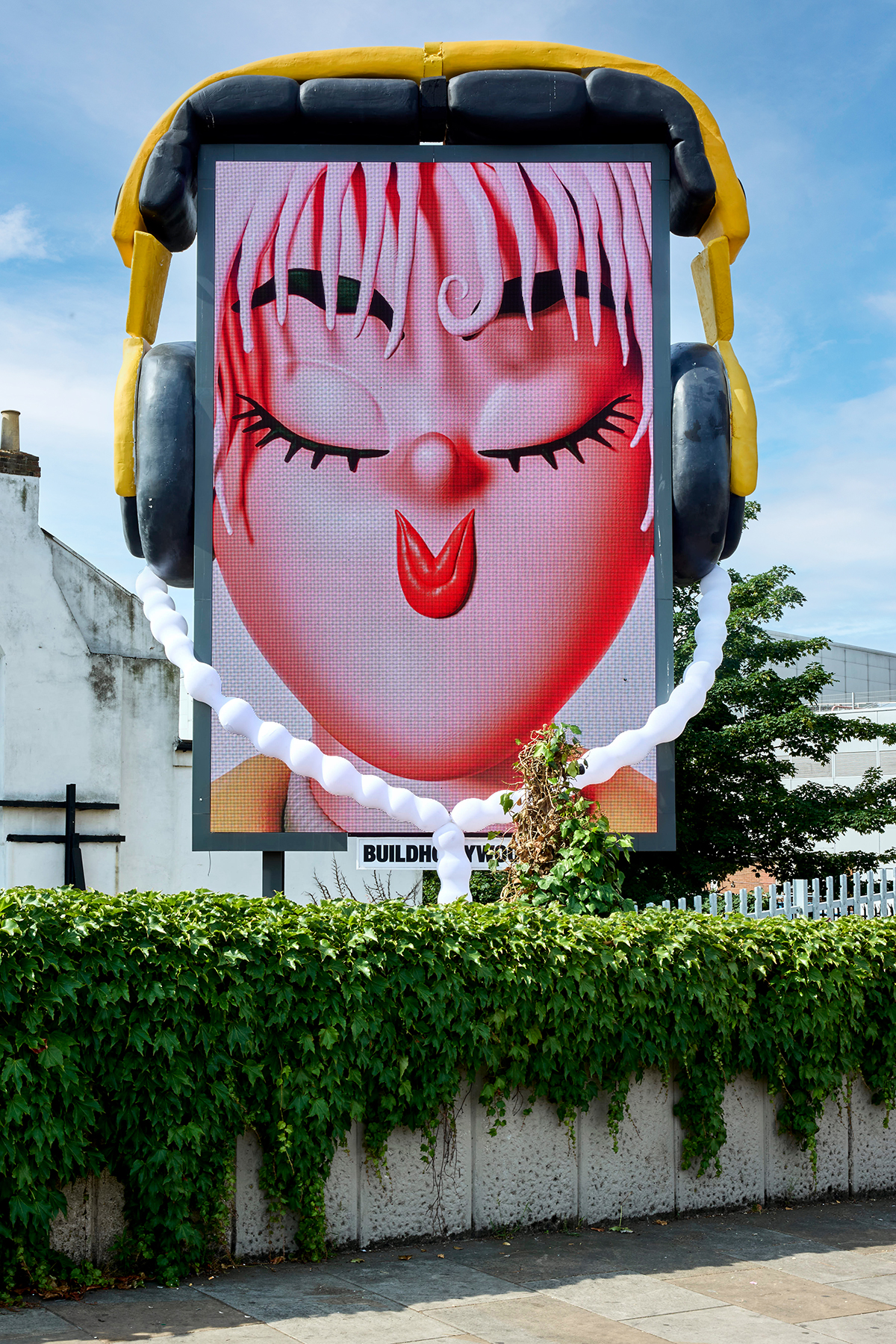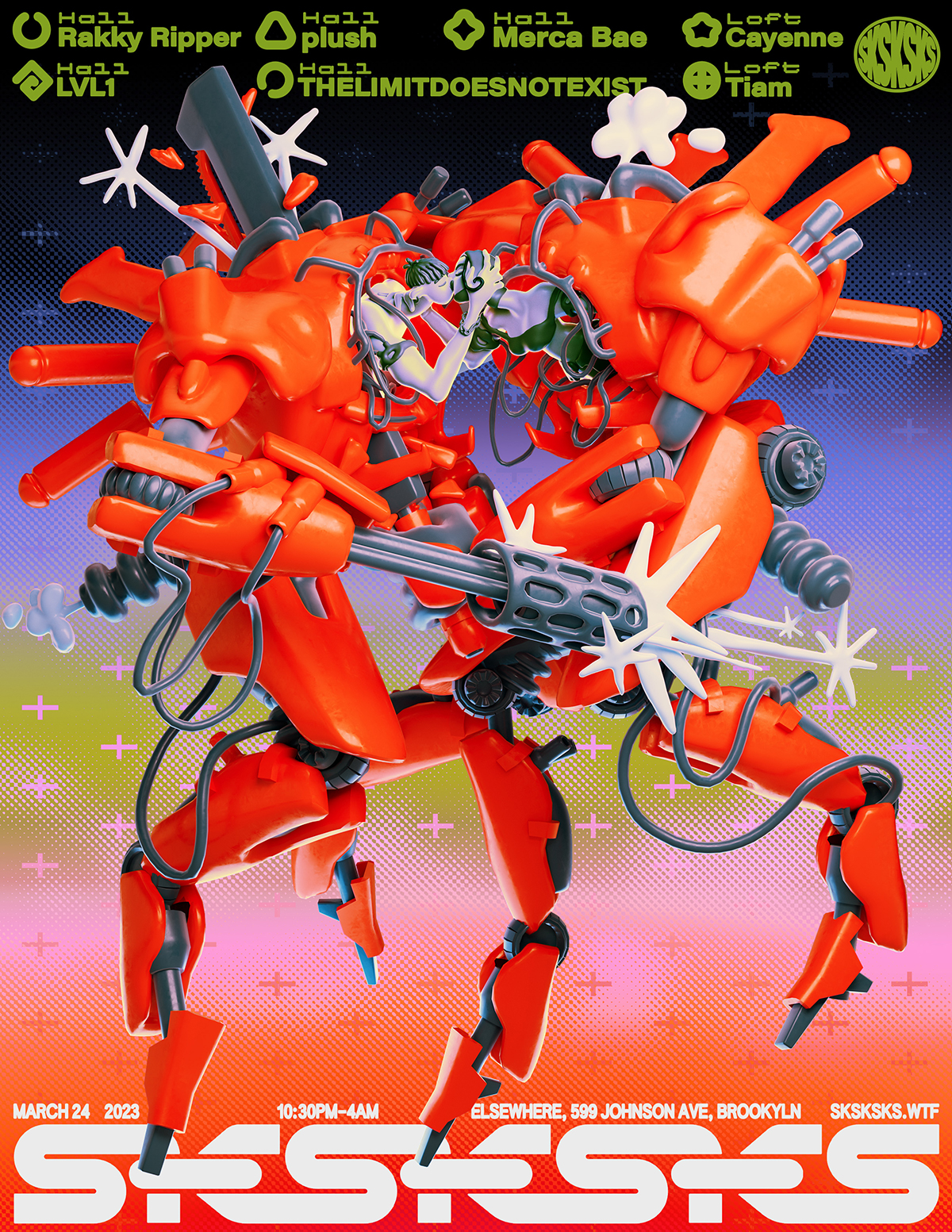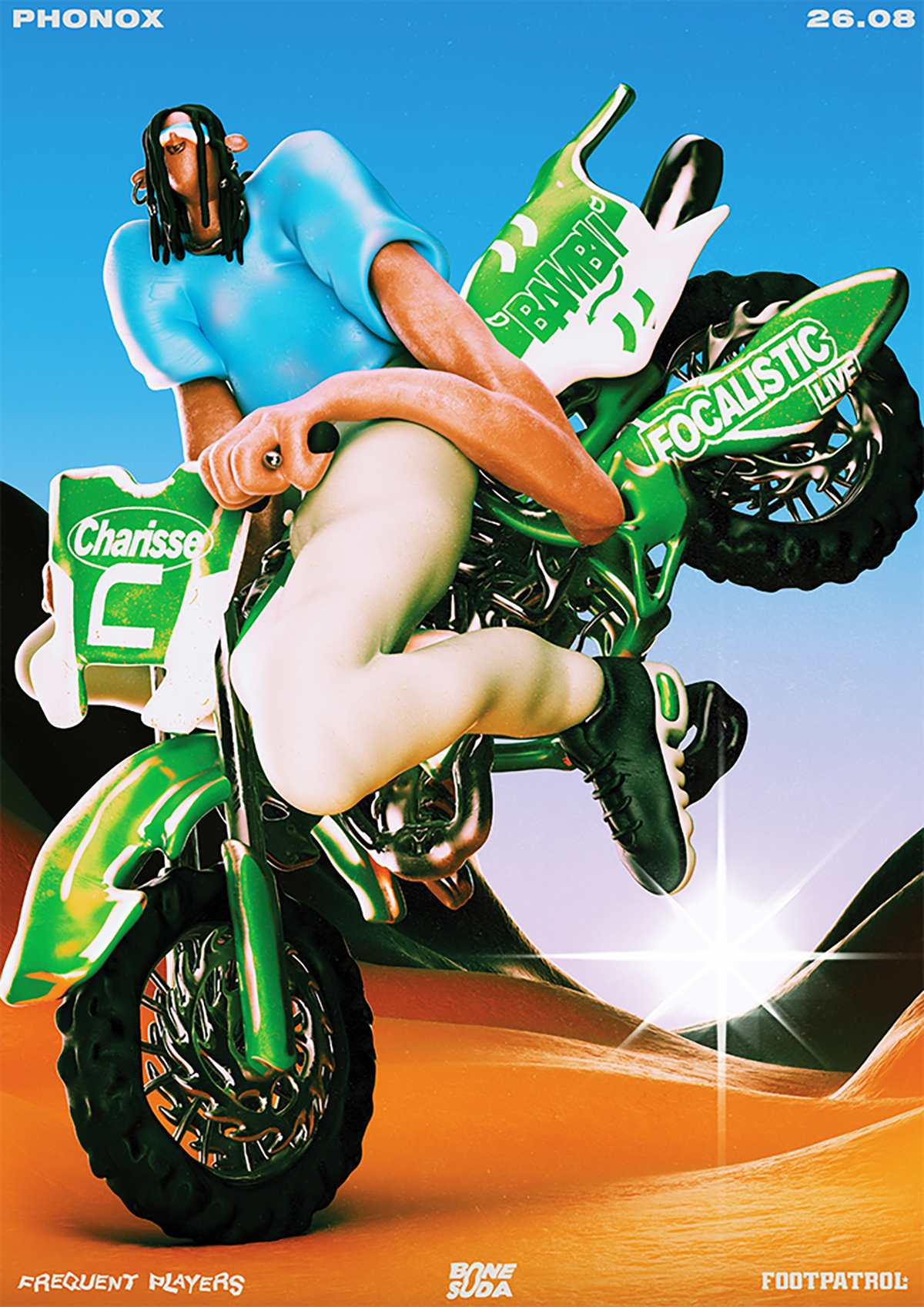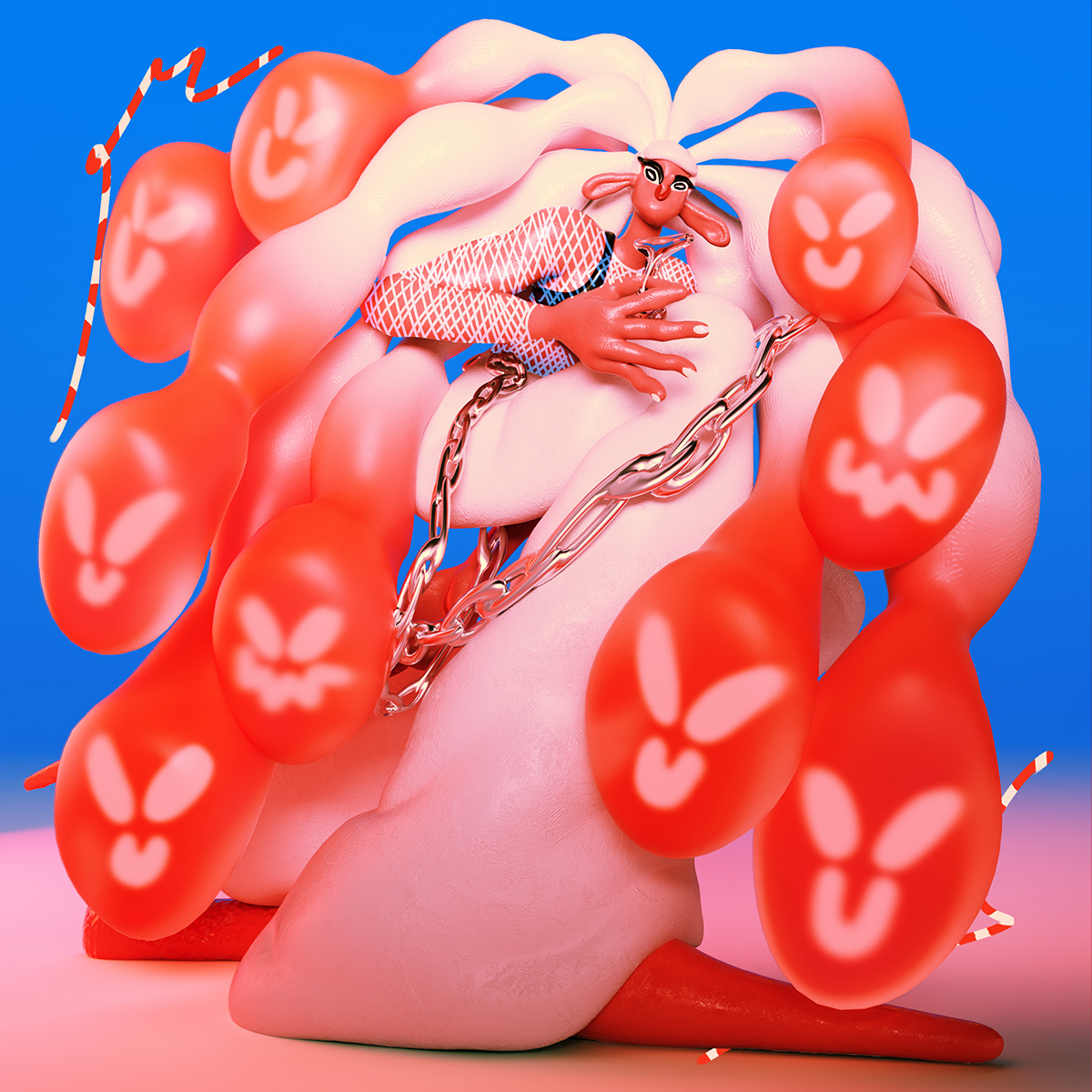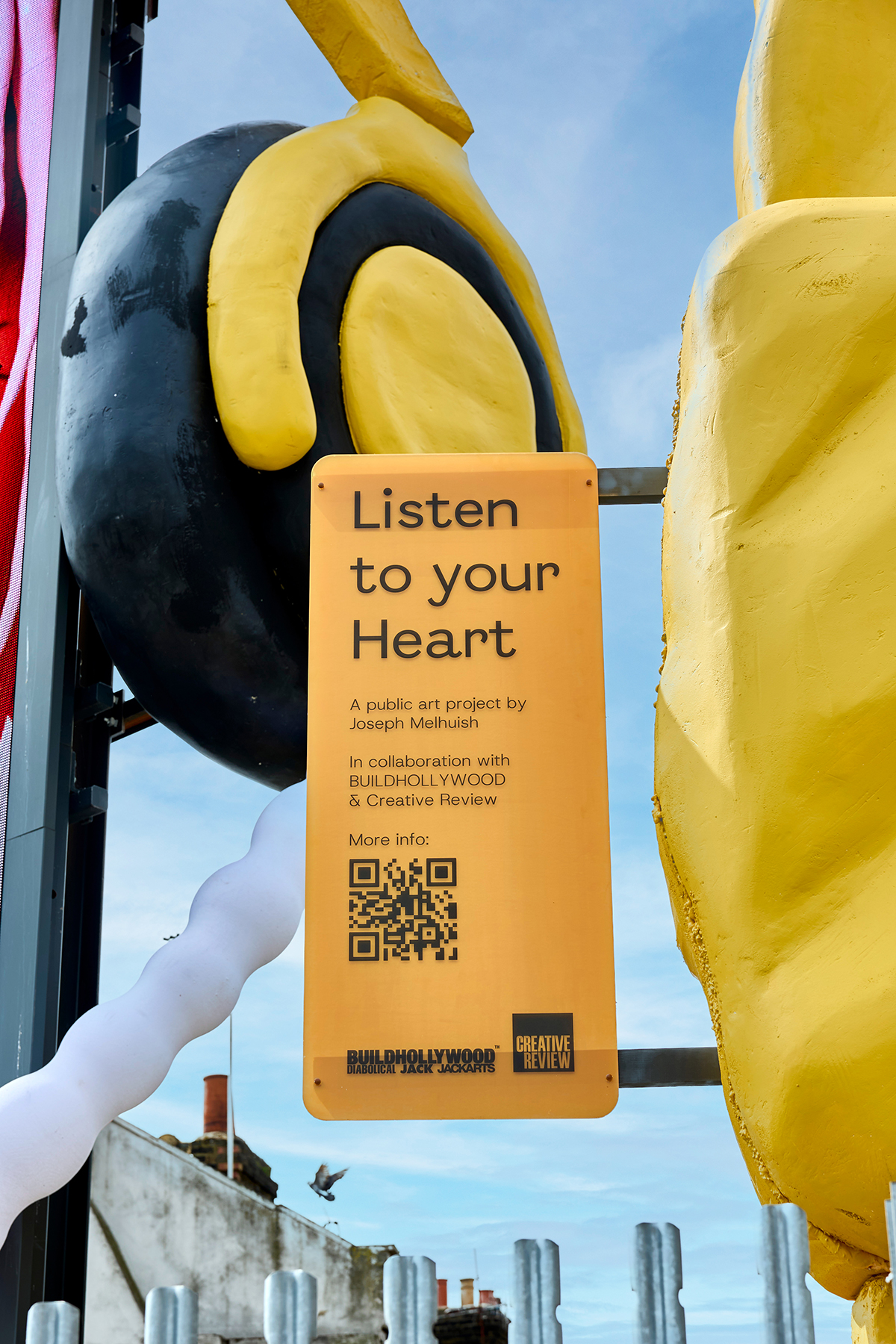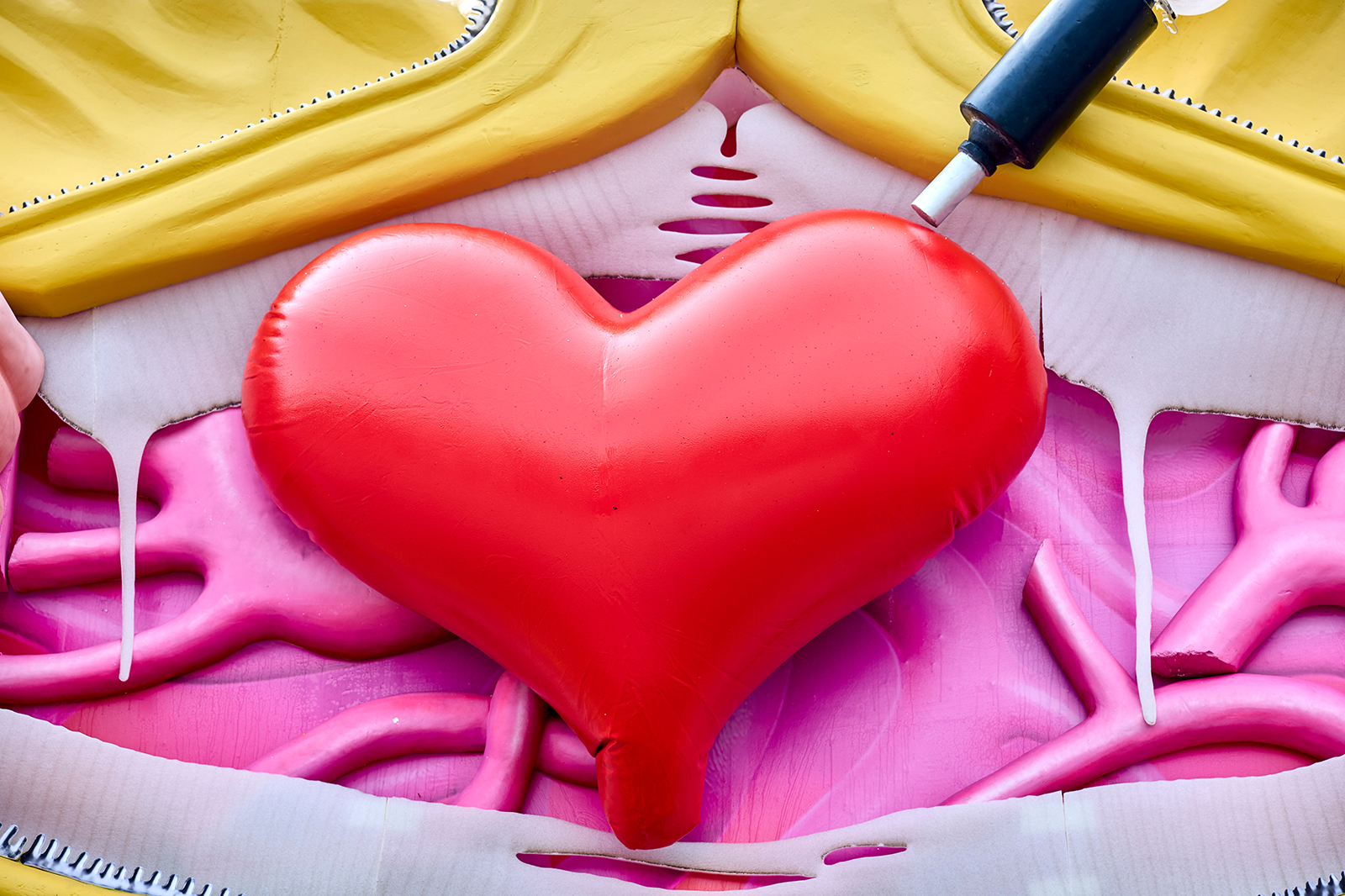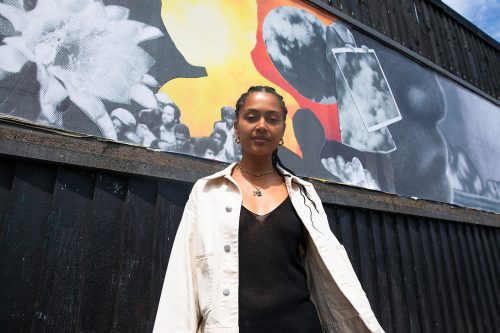Partnerships
Joseph Melhuish’s characters come to life in the beating heart of London town
Channeling humour and sincerity in the same breath, Joseph Melhuish’s digital work has leapt into the physical with BUILDHOLLYWOOD’s Creative Studio and Creative Reviews’ mega collaborative installation, transforming his URL figments of imagination into IRL characters with heart. As roadside installations go, it’s a master stroke. Speaking to his early influences, the hands-on collaborative process with the Creative Studio, and the “neuroses” that accompany authentic artistic expression, Joseph shares a candid insight into what goes into his builds, from sight, to screen, to street-side.
From the highway to Coachella stateside, to the BBC screen on British soil, Joseph Melhuish’s work is far reaching, now finding itself in London with a physical tilt to his typically digital practice. Working in collaboration with Creative Review and BUILDHOLLYWOOD’s Creative Studio, Joseph has dreamt up a striking two-part, three-dimensional billboard that experiments with form and subverts structure, delivering Listen To Your Heart, a piece of public art that invites curiosity and tests the limits of optimism.
Installed across two billboards, the upright digital screen features a blissed-out visage. Eyes shut, pursed smiley lips and fleshy tendril bangs, looking ever so serene in her oversize cans. On the adjacent billboard, a pair of hands rips apart a forty-foot-wide hoodie top to reveal pinkie-purple cardiovascular gore and a cute cartoon heart with a jack plugged into it. Somewhat freakily the headphone cable meandering between these two very special builds resembles an umbilical cord. Head and heart conjoined like a mother and child, expressing how lifesaving it is to listen to the beating music of our hearts.
Start to finish, BUILDHOLLYWOOD’s Creative Studio worked closely with Creative Review and Joseph to realise this ambitious, groundbreaking work – from idea generation and concept development through to production and installation. BUILDHOLLYWOOD’s Creative Studio’s operation is home to a dynamic team of artists, designers, set builders, prop makers, and carpenters based in a 4000 ft purpose built studio nestled in a leafy pocket of North West London.
23.06.25
Words by


